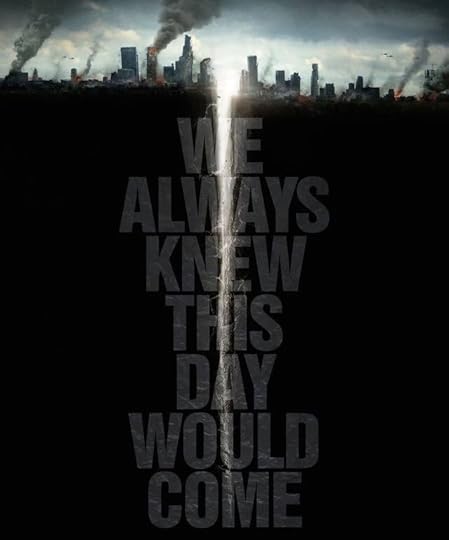What do you think?
Rate this book


368 pages, Hardcover
First published August 29, 2017

That's the thing about the East Coast: Its earthquake hazard may be lower than that of the West Coast, but the total effect of any given quake is much higher (pg 83). [M]ostly because they are occurring on far harder rock capable of propagating waves much farther. And because these quakes occur in places with higher population densities, these eastern events can impact a lot more people (pg 82).
Oklahoma is currently the most seismically active state in the Lower 48 (pg 190).
In the fall of 2016, a team of researchers at the University of Calgary published a catalog of seismic activity showing "that earthquakes are tightly clustered in space and time near hydraulic fracturing sites" in Western Canada. The also found a direct correlation between activity at these sites and when earthquakes occur, The official position of the USGS [United States Geological Survey], however, remains the assertion that "fracking is NOT causing most of the induced earthquakes. Wastewater disposal is the primary cause of the recent increase in earthquakes in the central United States" (pg 188-189).
[However,]
What we do know without a doubt is that moving fluid around underground redistributes stress, and that that alone can cause an earthquake. Scientists first observed this phenomenon in 1913 (pg 189).